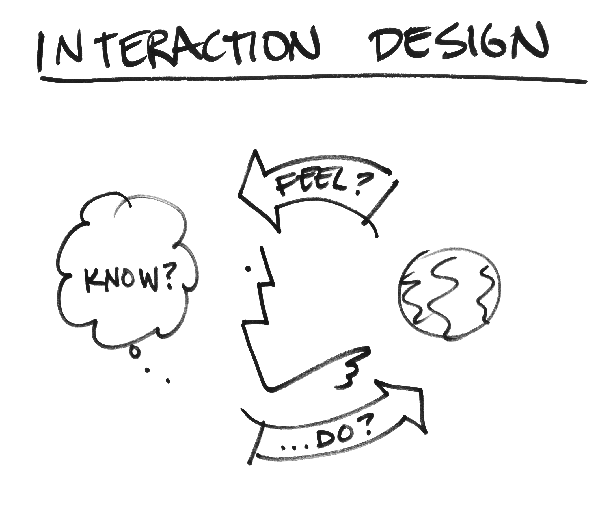Currently, the push for sustainability seems to be sweeping the globe like some new fad. But what if I told you that the idea of sustainable design has been a work in progress for over 50 years? The theory of sustainable design was born in response to the numerous unsustainable procedures and processes that yielded environmental hazards such as non-biodegradable plastic products and more recently technological waste. (Crocker 1) When I was reading the first chapter of the very accurate and well-written book, Interaction Design: beyond human-computer interaction I found myself questioning why there was no talk of considering the environment in addition to the consumer. I see Mother Nature no differently than another consumer of a product. If we mistreat a user, they become discouraged or angry. Similarly, if we abuse the environment, we will lose its benefits and resources.
Eli Blevis seems to agree. He coined the term “Sustainable Interaction Design (SID)” to describe the perspective that sustainability should be the new focus of interaction design. He further defines design as “an act of choosing among or informing choices of future ways of being.” (Blevis 503). He identifies that within our commitment to making decisions for the future should lay an obligation to maintaining the environment. To do this SID must aim to link invention and disposal as well as promote both renewal and reuse. Interaction designers utilize traditional design principles to assist in the thinking process when creating a user experience. However, the universal design principles of “visibility, feedback, constraints, consistency, and affordance” (Preece, 26) are only concerned with the first user’s experience and how easy, efficient and straightforward the product is to use. While valid, these elementary concepts leave no room for consideration of the longevity of the product, the potential successive users if the ownership is transferred, and what happens to it after it is made obsolete by another invention.
For this reason, I believe that the paradigm of design principles must shift to incorporate sustainable thinking and put a greater focus on sustainable design. If “design is about choices that lead to sustainable futures” (Blevis 505) like Blevis says, then the traditional plastic building blocks we employ to help us build new interfaces and systems must be replaced with a more environmentally conscious rubric and a set of guidelines. We cannot afford to keep designing and creating without keeping the environment in the forefront. The planet’s resources are by no means infinite, and we fail to consider the negative impact aesthetically pleasing and ultra-usable design can possess.
So is it really worth designing a brand new laptop if consumers cannot upgrade and are forced to buy an entirely new product? Does the economic gain triumph over the death of a piece technology that will now populate a landfill? I’m not saying that a company must throw all profits to the wind in favor of sustainable design, but I firmly believe that society can find a happy medium by looking to balance usability and reusability.
Works Cited
Blevis, Eli. "Sustainable Interaction Design: Invention & Disposal, Renewal & Reuse." Proceedings of the SIGCHI Conference on Human Factors in Computing Systems - CHI '07 (2007): n. pag. Web. 12 Oct. 2016.
Crocker, Robert. "What Is History and Theory for Sustainable Design Education?" 2nd International Conference on Design Education (2010): n. pag. Web. 12 Oct. 2016.
Preece, Jenny, Yvonne Rogers, and Helen Sharp. "Chapter 1: What Is Interaction Design?" Interaction Design: Beyond Human-computer Interaction. New York, NY: J. Wiley & Sons, 2002. N. pag. Print.
